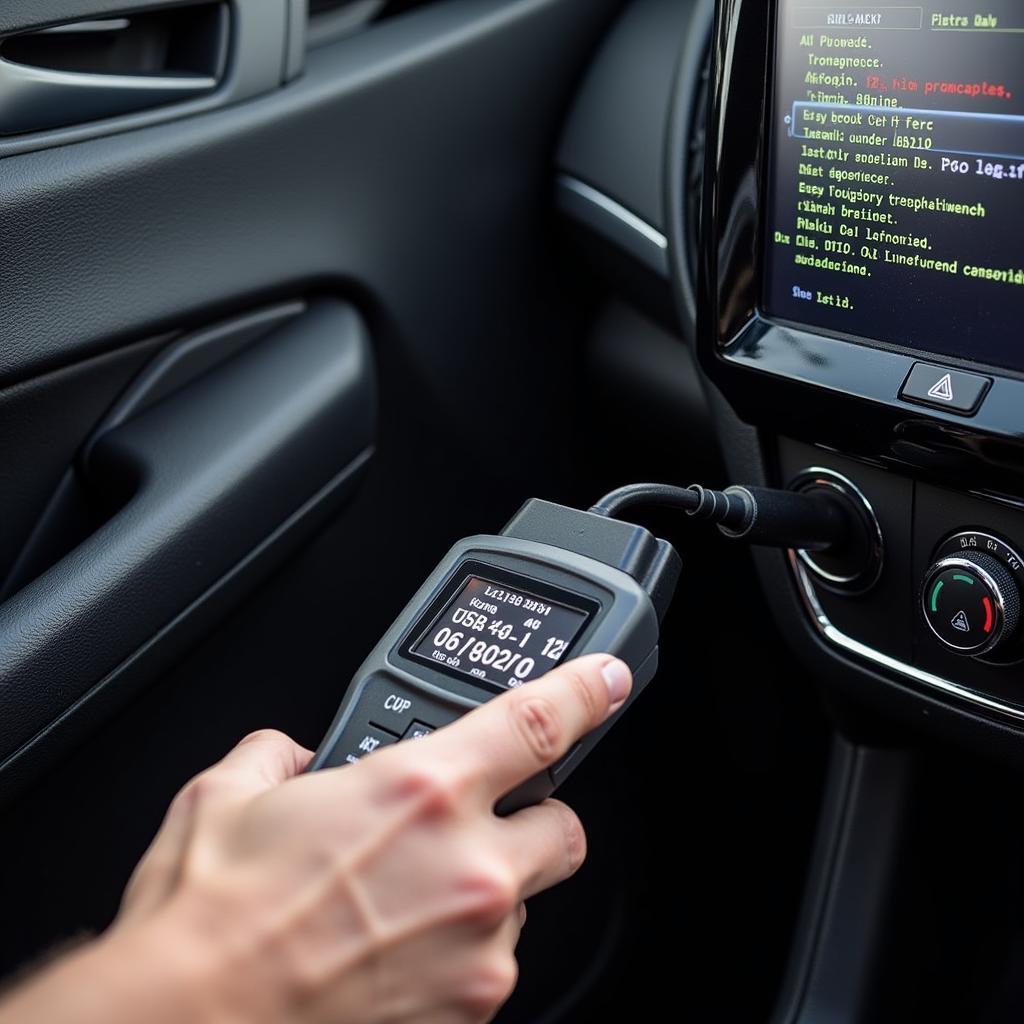Diagnosing car problems in the UK can be a daunting task, whether you’re a seasoned mechanic or a new driver. Understanding the intricacies of your vehicle and knowing how to pinpoint issues efficiently can save you time, money, and unnecessary stress. This guide provides a comprehensive overview of troubleshooting car problems, covering everything from basic checks to more advanced diagnostic techniques. We’ll equip you with the knowledge and tools you need to tackle those automotive headaches head-on.
Modern vehicles are increasingly complex, relying on intricate electronic systems and sophisticated components. This complexity can make diagnosing car problems more challenging. However, with a systematic approach and a basic understanding of automotive systems, you can often identify the root cause of many common issues. Having a reliable resource like this guide can be invaluable in navigating the complexities of car repair in the UK. It’s important to remember that safety should always be your top priority. If you’re unsure about any aspect of car repair, it’s always best to consult a qualified mechanic. You can find solutions to problems with your car overheating at car under heating problems.
Common Car Problems and Their Symptoms
Understanding the symptoms your car is exhibiting is the first step in accurate diagnosis. Let’s explore some common car problems and their associated symptoms:
- Starting Issues: Difficulty starting your car can be due to a dead battery, faulty starter motor, or problems with the ignition system.
- Engine Performance Problems: These can manifest as rough idling, loss of power, or unusual noises. Common causes include spark plug issues, fuel system problems, or sensor malfunctions.
- Brake Problems: Symptoms such as squealing, grinding, or a spongy brake pedal indicate potential issues with brake pads, rotors, or brake fluid.
- Electrical Problems: These can range from flickering lights and malfunctioning power windows to more serious issues with the car’s computer system.
- Warning Lights: Pay close attention to any warning lights on your dashboard, as they provide valuable clues about potential problems.
 Car Dashboard Warning Lights UK – Common Symbols and Meanings
Car Dashboard Warning Lights UK – Common Symbols and Meanings
Diagnosing Car Problems UK: A Step-by-Step Approach
While some car problems require specialized equipment and expertise, many can be diagnosed with some basic tools and a methodical approach. Here’s a step-by-step guide:
- Check the Obvious: Start by checking the simple things. Is the battery connected properly? Are the fluids topped off? Are there any loose wires or connections?
- Consult the Owner’s Manual: Your owner’s manual is a valuable resource for troubleshooting specific problems related to your make and model.
- Use Diagnostic Tools: OBD-II scanners can be incredibly helpful in reading error codes and identifying potential issues. Many affordable options are available for home use.
- Perform Visual Inspections: Look for any signs of damage, leaks, or wear and tear.
- Listen for Unusual Noises: Pay attention to any unusual noises coming from the engine, brakes, or other components.
 Using an OBD-II Scanner for Diagnosing Car Problems
Using an OBD-II Scanner for Diagnosing Car Problems
“A thorough visual inspection can often reveal the source of a problem before you even need to use any diagnostic tools,” says Alex Thompson, a seasoned automotive technician with over 20 years of experience in the UK. “Don’t underestimate the power of your senses – sight, sound, and even smell can provide valuable clues.”
Advanced Diagnostic Techniques
For more complex issues, you may need to employ more advanced diagnostic techniques, such as:
- Pressure Testing: Used to check for leaks in cooling systems, fuel systems, and other pressurized systems.
- Compression Testing: Measures the compression in each cylinder to diagnose engine problems.
- Electrical System Testing: Involves using multimeters and other specialized tools to test circuits and components.
Diagnosing Car Problems: FAQs
What is the most common car problem?
Dead batteries, flat tyres, and faulty alternator are amongst the most common issues.
How can I tell if my car needs a new battery?
Dim headlights, clicking sounds when starting the car, and slow engine cranking are signs of a failing battery.
What does a check engine light mean?
It can indicate a range of issues, from a loose gas cap to more serious engine problems. Use an OBD-II scanner to read the specific error code.
“Don’t panic if your check engine light comes on,” advises Emily Carter, an automotive engineer specializing in vehicle diagnostics. “While it’s important to get it checked out, it doesn’t always mean a catastrophic failure. Often, it’s a relatively minor issue that can be easily fixed.”
Conclusion
Diagnosing car problems in the UK requires a combination of knowledge, methodical approach, and the right tools. By following the steps outlined in this guide and understanding the common symptoms associated with different car problems, you can effectively diagnose and address many issues. Remember, while this guide provides valuable information, it’s always best to consult a qualified mechanic for complex problems or if you’re unsure about any aspect of car repair. We at AutoTipPro are here to help. Connect with us at +1 (641) 206-8880 or visit our office at 500 N St Mary’s St, San Antonio, TX 78205, United States for expert assistance with Diagnosing Car Problems Uk. We can provide further guidance on your car under heating problems, you can check car under heating problems.






Leave a Reply